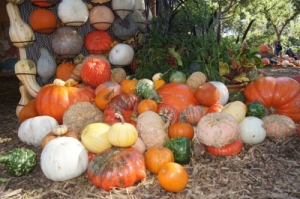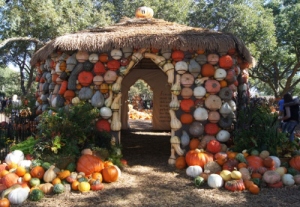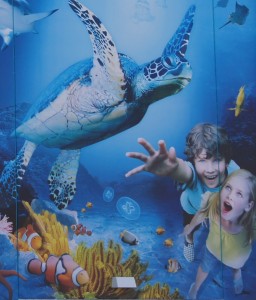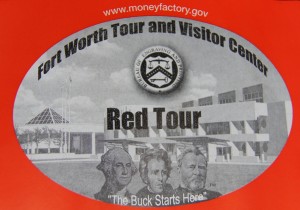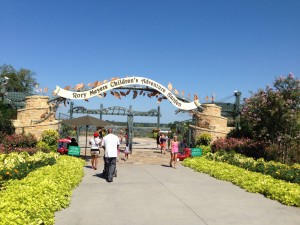The George W. Bush Presidential Center offers the public highlights from two presidential terms. 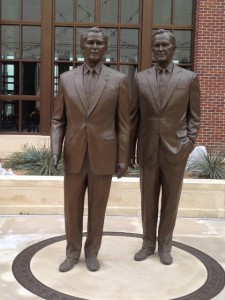 The Presidential Library and Museum covers signal events such as 911, Hurricane Katrina, and the wars in Iraq and Afghanistan. Literacy campaigns, volunteerism, and compassionate foreign policy receive equal attention.
The Presidential Library and Museum covers signal events such as 911, Hurricane Katrina, and the wars in Iraq and Afghanistan. Literacy campaigns, volunteerism, and compassionate foreign policy receive equal attention.
Presidential Library and Museum
Located on the edge of Southern Methodist University, the museum highlights the George W. Bush presidency with artifacts, films, and computer-guided demonstrations. Most poignantly, a towering piece of steel from the World Trade Center anchors the 911 exhibit. A war room styled, computer table allows visitors to explore what lead up to both wars in Iraq and Afghanistan, and the wars’ aftermath.
The Center’s Decision Points Theater provides visitors a hands-on experience decisioning a major crisis. Each person has their own computer consul and access to video from key players. When we visited, we responded to the disaster in New Orleans following Hurricane Katrina. It gives you a new appreciation of the high stakes, time-sensitive decisions presidents make.
First Lady Laura Bush figures prominently throughout the Center’s exhibits. She and the Bush daughters are pictured around the world in venues supporting peace, literacy, and human rights.
Perhaps not surprisingly, the museum includes very little about Vice President Cheney, though you can purchase his and Lynne Cheney’s books in the museum store.
The museum also boosts a full-sized replica of the oval office. And, across the hall from the permanent exhibits, you’ll find a temporary gallery highlighting various aspects of life in the White House. We enjoyed a look at Christmas 2002 that featured a retrospective of First Family pets.
Bush Institute
The George W. Bush Presidential Center encompasses the entire complex and includes the ongoing work of the Bush Institute. The Bush Institute’s tenants are
- “Freedom is a universal human desire.
- Free enterprise is the engine of economic prosperity.
- Education is the foundation of successful life.
- Every human life is precious.”
These principles weave their way through much of the museum exhibits culminating with a call to action encouraging volunteerism.
When you visit
The George W. Bush Presidential Library and Museum is open Monday through Saturday from 9 a.m. until 5 p.m., and Sundays, from noon until 5 p.m. There is a courtyard café for drinks and sandwiches (outdoor seating only). A formal restaurant appropriately titled Café 43 offers table service. The center is located at 2943 SMU Boulevard, Dallas. Parking is available for a fee across from the center. Tickets to the Presidential Library and Museum range from $10 – 16. Active duty military and children under 4 are free.
Insider’s Tip
Visit the George W. Bush Presidential Center in springtime. A 15-acre urban park planted with native prairie grasses and wildflowers forms a semi-circle around the back of the Presidential Center. Not only will you find bluebonnets, but also dusty pink carpets of evening primrose, brilliant reds and yellows of firewheel, and magenta wine cup. Benches scattered around the garden make for an ideal spot to stop and enjoy the magnificent spring display. The park is open sunrise to sunset. There is a fee for touring the Presidential Center, but entry to the attached park is free.

